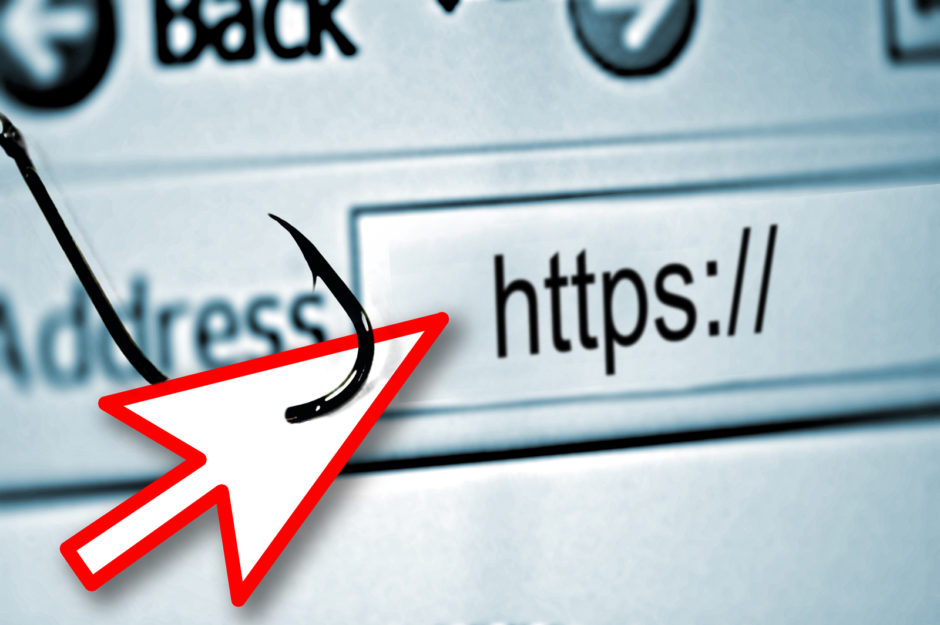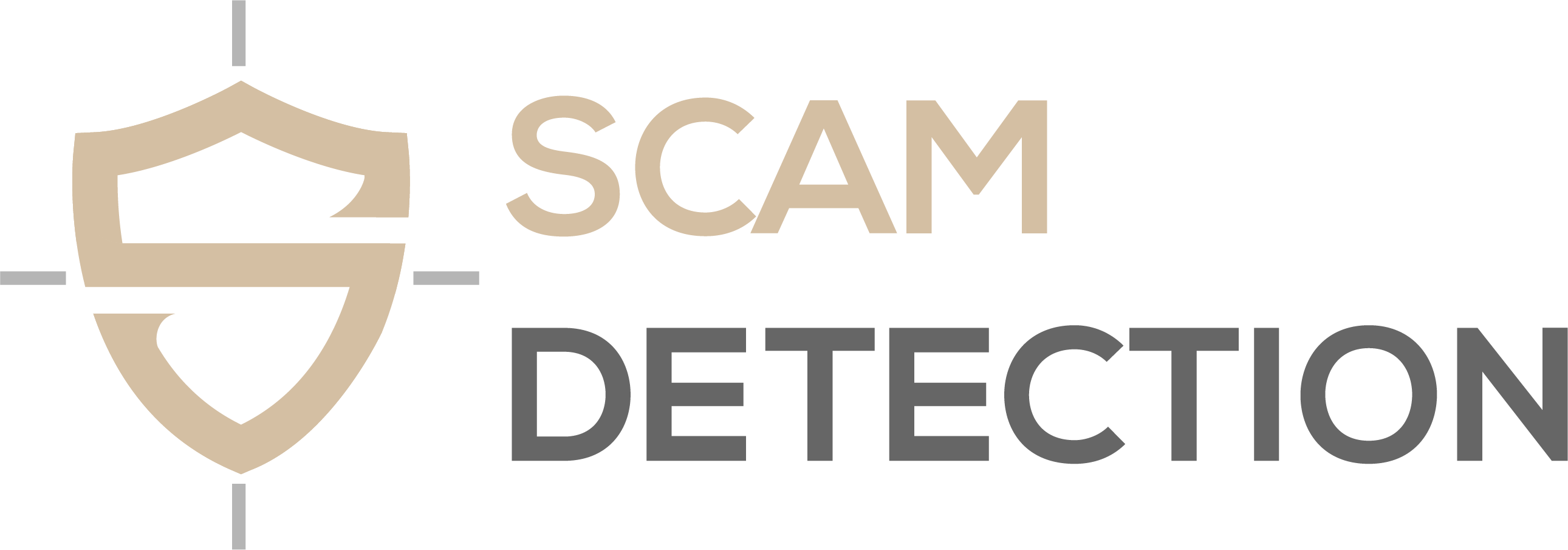How to Determine If a Website is Legitimate or a Scam

With the rise of online transactions and digital services, distinguishing between legitimate websites and scams is crucial for protecting your personal information and finances. Scammers are becoming increasingly sophisticated, but there are several steps you can take to assess a website’s authenticity. Here’s a quick guide to help you determine if a website is genuine or a scam.
1. Inspect the URL
Check for HTTPS: Look for “HTTPS” at the beginning of the website’s URL. HTTPS indicates that the site encrypts data, providing a layer of security. Although HTTPS alone doesn’t guarantee legitimacy, its absence can be a red flag, especially for sites requesting sensitive information.
Verify the Domain Name: Scrutinize the domain name for subtle misspellings or extra characters. Scammers often use variations of legitimate domain names to deceive users. For example, “amaz0n.com” is likely a scam compared to “amazon.com.”
Domain Age: Use a domain age checker to see when the website was registered. New domains, especially those that are just a few days old, can be suspicious. Established websites with a longer history are generally more trustworthy.
2. Evaluate the Website’s Design and Content
Professionalism: Legitimate websites usually have a polished, professional appearance. Check for high-quality images, clear fonts, and well-organized content. Scammers often use poorly designed sites with broken links and low-resolution images.
Contact Information: Reliable websites provide clear contact details, including a physical address, phone number, and email address. Verify this information independently if possible. Be cautious if the site only offers a contact form or lacks substantial contact details.
Content Quality: Look for well-written content free of spelling and grammatical errors. Professional sites maintain high standards for written communication, whereas scam sites may have numerous errors and poorly crafted text.
3. Check Trust Seals and Reviews
Trust Seals: Many legitimate sites display trust seals or security certifications from recognized organizations like McAfee or Norton. Click on these seals to verify their authenticity. If the seals are not clickable or lead to generic pages, it could be a sign of a scam.
Reviews and Feedback: Search for reviews about the website on independent review sites or forums. Look for both positive and negative feedback to gauge the site’s reputation. Be wary if you find only positive reviews or if the site lacks reviews altogether.
4. Verify Business Practices
Refund and Return Policies: Legitimate e-commerce sites usually have clear refund and return policies. Scammers often avoid providing this information or offer policies that are overly restrictive or confusing.
Payment Methods: Reputable websites offer secure payment options and clearly list accepted methods. Avoid sites that only accept unconventional payment methods like wire transfers or cryptocurrency unless you are certain of their legitimacy.
Privacy Policy: Check for a privacy policy detailing how the site collects, uses, and protects your data. Scammers often skip this important detail or provide vague, non-specific policies.
5. Use Online Tools
Scam Detection Tools: Utilize online tools such as ScamAdviser, VirusTotal, or SiteJabber to check the website’s reputation and security. These tools can provide valuable insights into the site’s legitimacy.
WHOIS Lookup: Perform a WHOIS lookup to reveal the domain registrant’s information. This can help verify if the site is associated with a credible organization.
Conclusion
Identifying a legitimate website from a scam involves checking the URL, evaluating the site’s design and content, and using online resources. By following these steps, you can better protect yourself from online fraud and make informed decisions about where to engage online. Always stay vigilant and cautious, especially when dealing with unfamiliar sites or sensitive information.




Leave a Reply